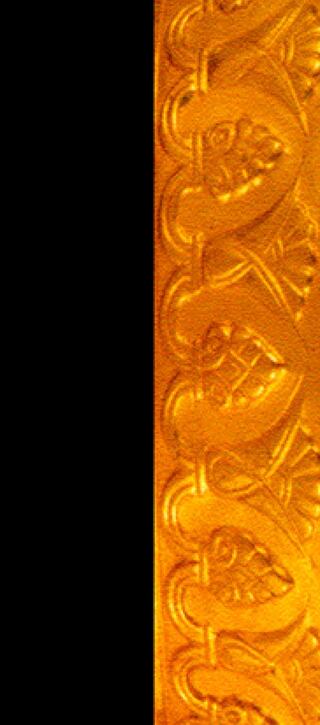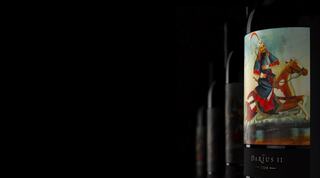
Discover Darius II
The crown jewel of the Darioush estate, Darius II is a refined, age-worthy collectible which captures the singular and exceptional qualities of each vintage from our Napa Valley vineyards.
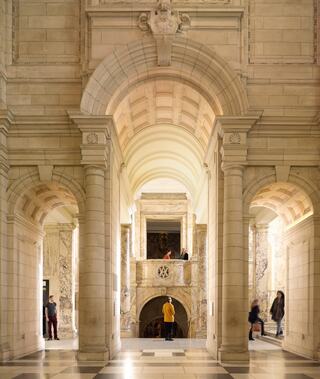
The Visual Hallmark of Darius II
The V&A is the world’s leading museum of art, design and performance. Established in 1852, its founding principle was to make works of art available to all, to educate working people and to inspire designers and manufacturers. The museum and its collections have continued to grow into one of the world’s great resources for the study of art and design; the V&A now houses a permanent collection of 2.8 million objects spanning 5,000 years from ancient times to present day.
Photograph: Grand Entrance, V&A, James Medcraft
Introducing 2022 Darius II
In the spirit of sharing, Darioush and London’s Victoria and Albert Museum have joined together to feature ancient traditions in Persian Art. With collections unrivaled in their scope and diversity, the time-honored works selected from the V&A archives span thousands of years of creativity and capture the craftsmanship and integrity of Darius II.
View Details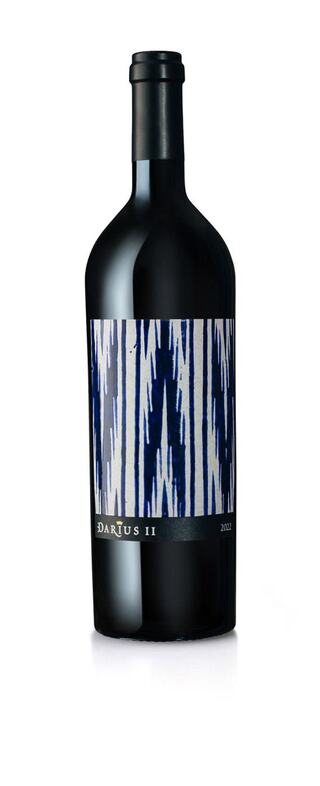
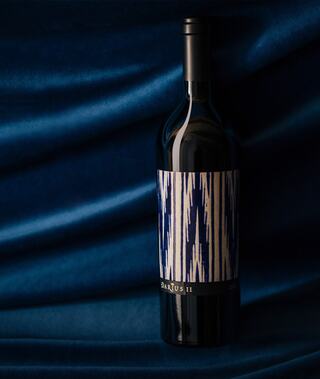
2022
The 2022 Darius II label features a striking design drawn from a mid- 19th-century tile from Tehran, Iran—acquired in 1876 by the Victoria and Albert Museum, London, as part of a larger collection of “modern tiles” showcasing the stylistic range of interior architecture of that era. Painted in vibrant blue over white, the chevron motif emulates the flowing, feathered edges of silk ikat—an ancient weaving technique prized for its complexity and movement. Though made of earthenware, it evokes the fluidity of fabric, reflecting the artistry and innovation at the heart of Persian design. Just as winemaking blends precision with expression, this artwork bridges material and meaning, inviting us to experience tradition through a new lens.
Fact Sheet (Link opens in new window)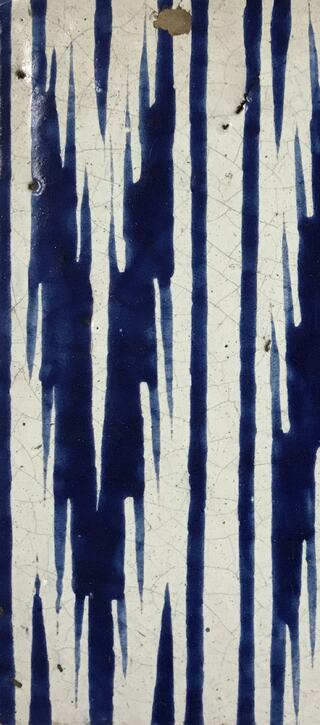
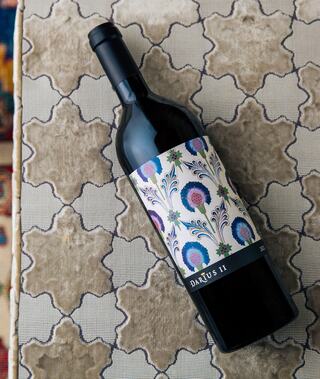
2021
The intricate pattern featured on the 2021 Darius II label was sourced from an 1860 watercolor by British architect-designer, Owen Jones (1809-74). With a respect for the cultural significance behind every design element, Jones works meticulously documented patterns and motifs spanning centuries and civilizations—often honoring the refined beauty of ancient Persian artistry. He asserted that design, at its core, is a language that transcends boundaries, connecting us to the rich tapestry of human culture—a metaphor that is embraced in winemaking.
Fact Sheet (Link opens in new window)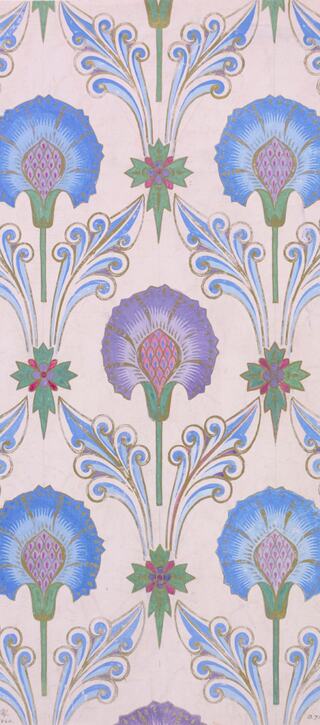
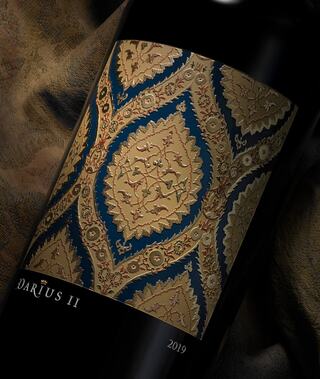
2019
This striking example of a luxury textile hails from 16th C Bursa, once considered the epicenter of the silk-weaving industry. Fabrics of this caliber were destined to become diplomatic gifts for dignitaries, ambassadors, and high-ranking religious figures from the Far East to Europe. This specific work depicts a symmetrical arabesque scroll, outlined by feathery leaves and trails of blossoms woven in precious metallic threads. The pattern is punctuated with a beautiful pomegranate motif— a treasury of symbolism that transcends time and place, cultures, and religions.
Fact Sheet (Link opens in new window)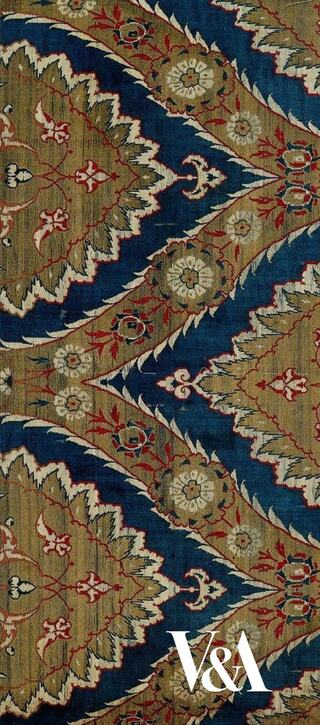
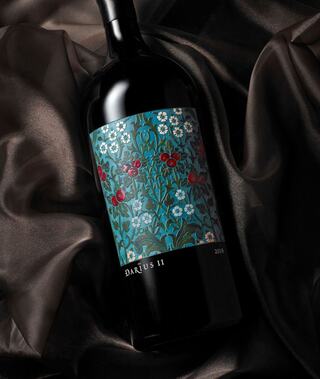
2018
Observing the natural world first-hand and influenced by a study of historical patterns, London-born John Henry Dearle rose from Shop Assistant to Chief Designer of the legendary firm, Morris & Co. under the close tutelage of William Morris himself. Known as the father of progressive pattern in the Victorian era, Morris revived many practices lost to the passage of time— emphasizing the use of quality raw materials, natural dyes, and hand processing in textile and various art forms.
Fact Sheet (Link opens in new window)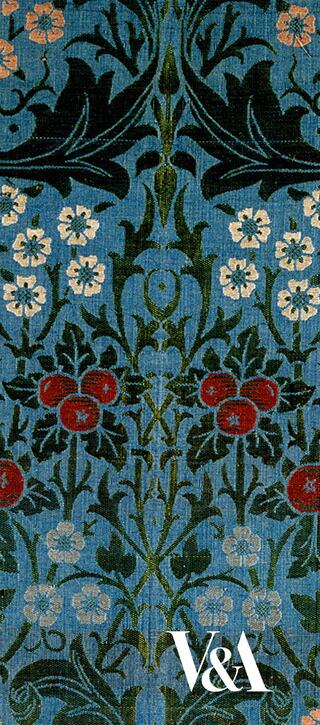
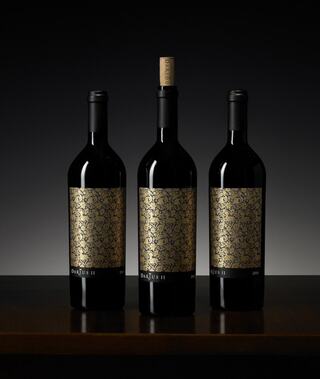
2016
The first towns and cities in history grew up along the Silk Roads, where great empires exchanged goods, ideas, languages, and faiths across the thousands of miles that linked the Pacific and Mediterranean with Central Asia and Persia. The 14th-century textile selected to adorn 2016 Darius II exemplifies this rich history and cultural exchange. Woven in Iran with silk and gold thread using a traditional 2-person drawloom, it reflects design influences from the Far East and Italy. Luxurious fabrics were a staple commodity in international trade at this time, this textile was destined for Europe where it was fashioned into a ceremonial church garment which ensured its preservation, making it one of the largest surviving 14th-century Iranian textiles of its kind
Fact Sheet (Link opens in new window)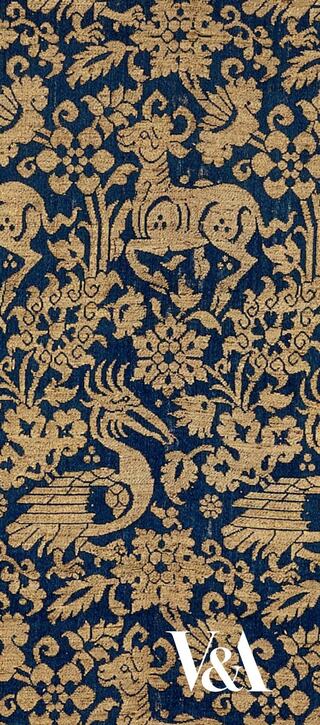
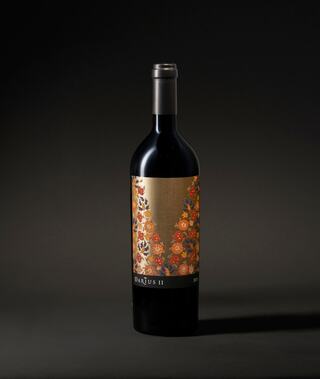
2015
Echoing the intricacy and vibrancy that distinguishes the 2015 vintage from its predecessors, this label depicts an elaborately embroidered linen scarf from the 18th century, held in the V&A’s world-class collection of Middle Eastern textiles. Explorer Marco Polo, on his 13th century Silk Road journey through Kerman, in southeast Iran, shared that the ladies of the country were producing “excellent needlework in the embroidery of silk stuffs in different colors with figures of beasts and birds, trees and flowers, and a variety of other patterns.” From the 1720’s onwards, Ottoman embroidery became a genuinely creative art form – new, naturalistic floral motifs were introduced and depicted in great detail. The colors used to embroider this textile were originally bright and vibrant, which have faded over time to pleasing pastel shades.
Fact Sheet (Link opens in new window)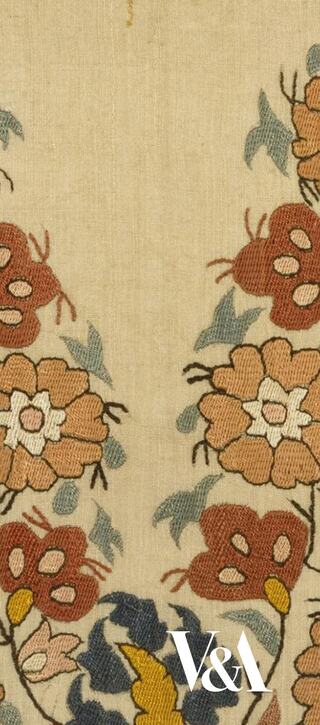
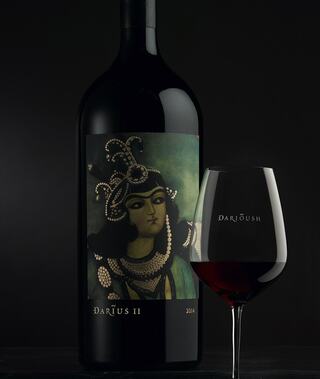
2014
The art adorning 2014 Darius II depicts the tradition of the Saghi, or Wine Bearer, an influential and heralded position in the ancient Persian royal courts, among aristocrats, in wine houses and in mystical and religious traditions over a thousand years old. The Saghi were experts in the art and custom of hospitality, hosting and wine service. More, they were bearers of knowledge and inspiration, confidantes, muses and guides — embodying mysticism and beauty, a reflection of the Divine. In her beauty and wisdom, the Saghi possessed transcendent often angelic qualities, representing the fleeting nature of life and embodying the intoxicating and enlightening effects of wine. Described as originally hanging in the Shah’s palace in Tehran and painted by an unknown artist in the early 1800s, the artwork was acquired by the Victoria & Albert Museum in 1876.
Fact Sheet (Link opens in new window)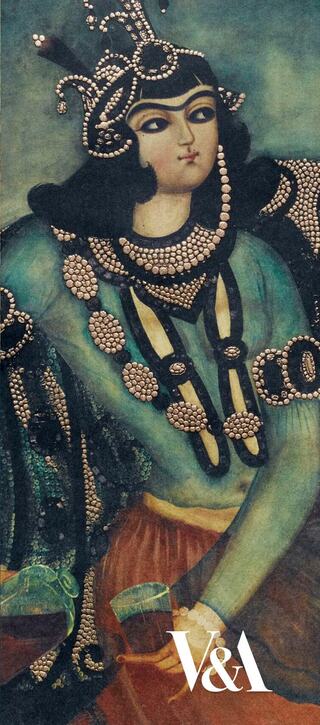
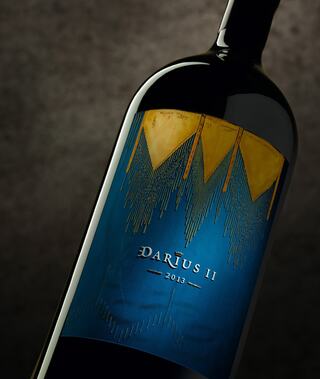
2013
In a culture-bridging gesture intended to build recognition for Persian Arts in the West, a gift of 74 exemplary textile works was delivered to the South Kensington Museum, now the Victoria and Albert Museum, from the Shah of Iran in 1877. The gift which now adorns 2013 Darius II, is a masterwork of silk tapestry dyeing, weaving and needlework technique that has evolved over centuries. Brought to Ancient Persia via the Silk Road from Central Asia, use of metal threads and brilliantly dyed silk thrived since the Sassanian Empire of the 1st C. AD when silk worms were introduced to the region. Color was as meaningful as technique – here, rich indigo symbolizes the sky and eternity, while yellow dyes produced by saffron, turmeric, sumac and pomegranate skins signify piety.
Fact Sheet (Link opens in new window)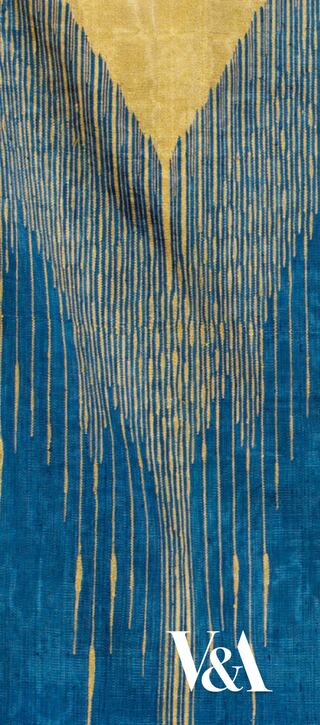
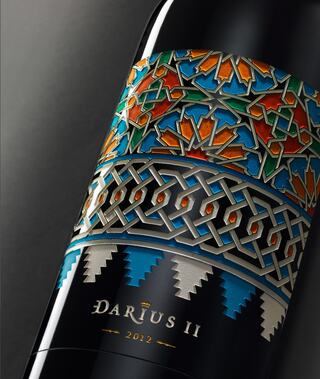
2012
Derived from a 14th C. AD painted tile, the art adorning 2012 Darius II highlights the evolution of ancient decorative art and architecture. Its infinite shapes and lively color are reminiscent of the ornament of the First Persian Empire, where elaborate palaces throughout the city of Persepolis were decorated in prominent blues, reds, blacks and yellows on glazed tiles. The pyramidal pattern pays further homage to the grand Ziggurats of the 3rd millennium BC, which housed intricate temples for kings and deities. Over the passage of time these design elements flourished, influencing great works from the geometric limestone tomb of Cyrus the Great to Moorish architecture of the Alhambra. Exuding vibrancy and texture, this work fittingly represents 2012 Darius II, a wine deeply rooted in both culture and craft.
Fact Sheet (Link opens in new window)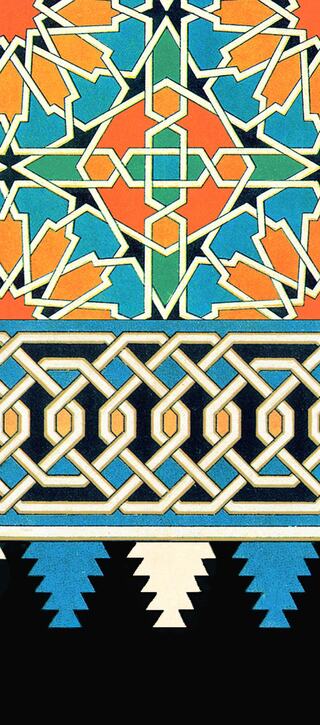
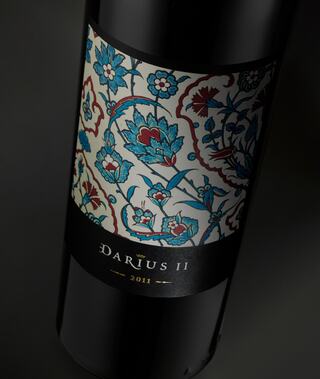
2011
With a delicate floral motif evoking the Persian garden, the 16th-century artwork chosen for 2011 Darius II hails from an Iznik tilework, a distinguished ceramic craft that flourished under the Ottoman Empire. Cultivated garden spaces emerged in ancient Persia in the 6th century BC, their sense of balance, alignment and symmetry serving as an earthly symbol of the heavenly world. It is believed that by walking through the garden, enlightenment and gratitude, transformation and renewal will be granted to you. A fitting metaphor for the elevated flavors and noble complexity of the 2011 vintage.
Fact Sheet (Link opens in new window)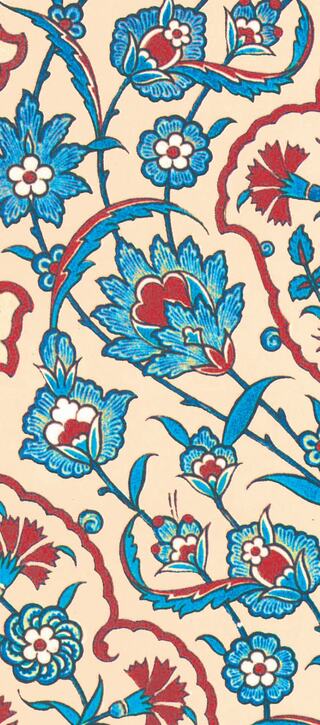
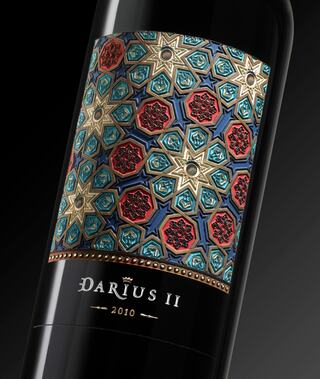
2010
For millennia, humankind has scanned the heavens for existential meaning. Zarathustra, an ancient Persian prophet and father of astrology, believed good thoughts, words and deeds brought eternal bliss. Zoroastrianism inspired centuries of art, like this celestial pattern originally carved upon the wooded ceiling of a wealthy merchant’s home. The repeating pattern evokes the universe's infinite nature, while the craftsmen’s inconsistencies celebrate humanity's endearing imperfections.
Fact Sheet (Link opens in new window)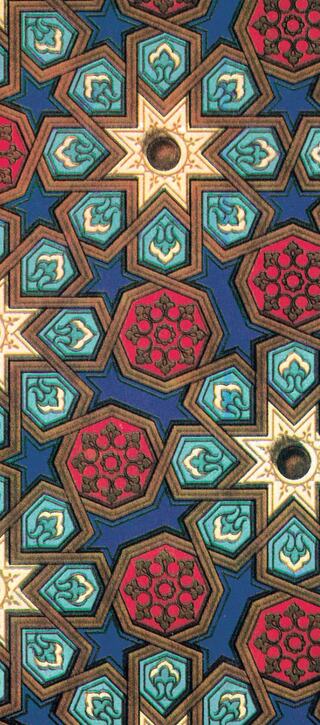
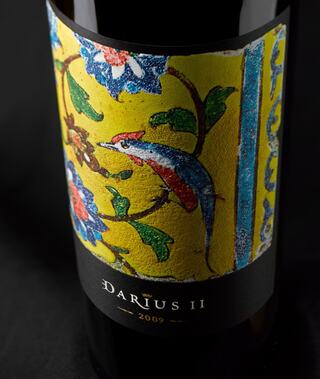
2009
Persian art, especially ceramics, flourished in 17th Century Isfahan, and the techniques that made Persian tile unequaled in the world were secreted across generations. Floral motifs with animals commonly expressed human nature and the longing for freedom, with birds symbolizing the union of heaven and earth. Vibrant colors, such as those in this glazed panel tile, are deeply rooted in Zoroastrian faith and emotion over realism— here, bright yellow may signify the life-giving energy of the sun.
Fact Sheet (Link opens in new window)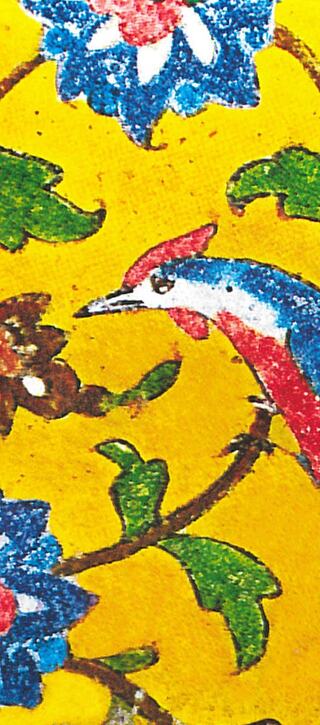
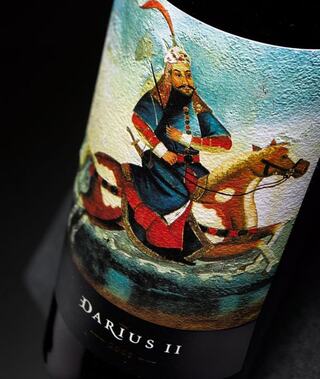
2008
This early 19th century painting portrays the valiant Persian hero, Rostam. Protected by divine favor for over 500 years, the legend of Rostam is detailed in the epic Book of Kings by the poet Ferdowsi. Rostam’s courage, chivalry and reason are most notably on display in his Seven Quests, in which Rostam slays dragons and demons to rescue his country’s captured sovereign. Rostam’s rose-colored stallion, Rakhsh ("luminous" in Persian) is also renowned for his strength, intelligence and loyalty.
Fact Sheet (Link opens in new window)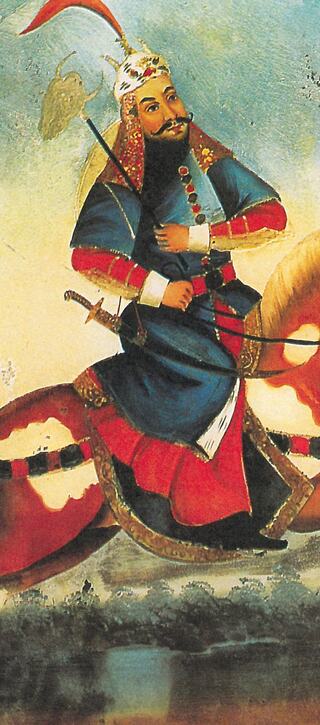
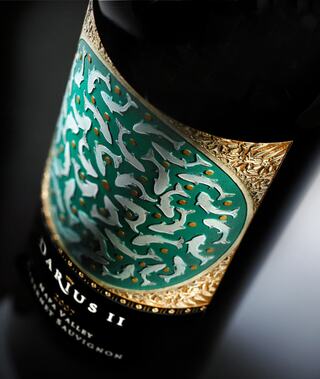
2007
Originated from a 14th century copper and bronze basin, this label is characterized by the intricate detail in the border design and the simplicity of the fish contained by an imperfect circle. Color was enhanced throughout to bring vivacity to the fish, which are a strong symbol in the Persian culture. Fish denote the changing of a New Year during the Persian holiday No Ruz; they also represent Anahita, divinity of the waters and Persian goddess of fertility, healing and wisdom.
Fact Sheet (Link opens in new window)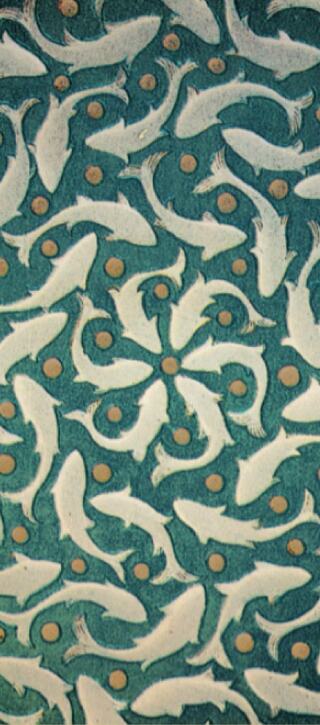
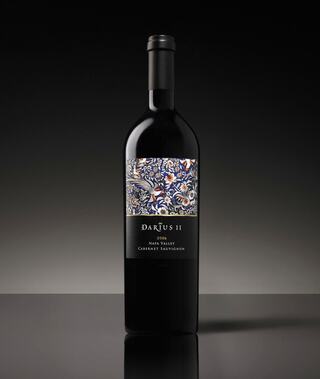
2006
This label artwork is derived from a silk-embroidered 18th century Persian satin sari. In the epic Book of Kings, by Persian poet Firdausi, the Bird of Paradise was also symbolized by the Zoroastrian Simurgh, a benevolent mythical creature that represented the divine union between earth and sky. The Simurgh would roost in the Tree of Life and, when taking flight, shake fertile seeds into the wind and rain, spreading life to all the worlds’ plants and wellness to mankind.
Fact Sheet (Link opens in new window)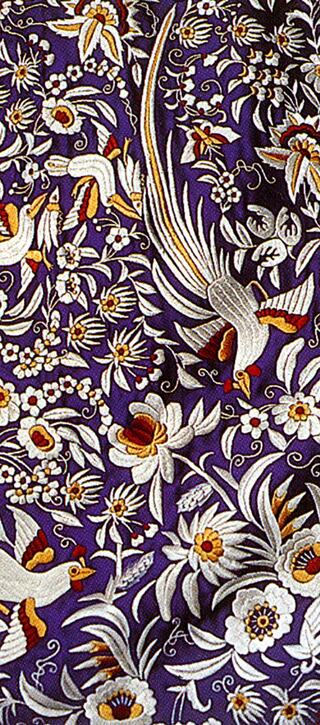
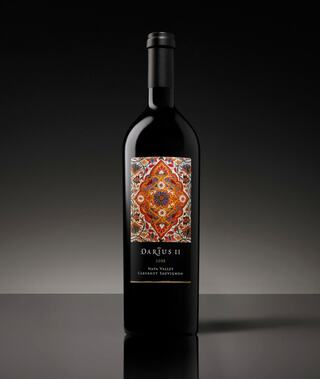
2005
The rich detail of Khameh-Duzi silk-embroidered broad cloth curtain from 18th century Rasht inspires this artwork. Khameh-Duzi literally translates to English as "cream of the crop," a fitting title and description for what has traditionally been selected to craft the finest, most sacred textiles.
Fact Sheet (Link opens in new window)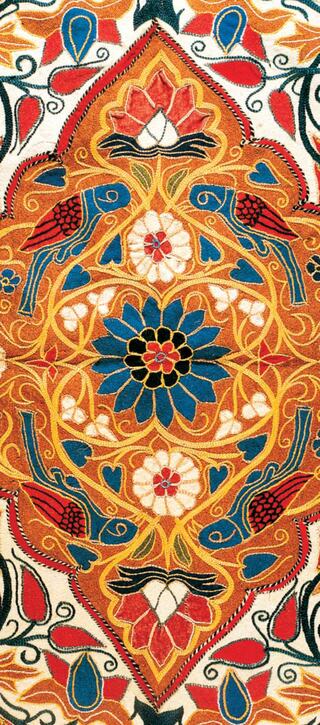
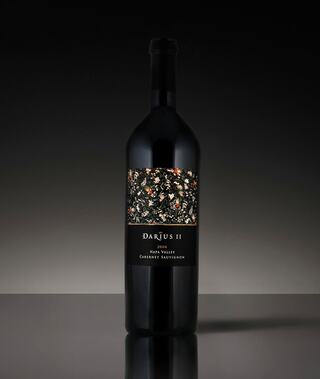
2004
Here, an intricately embroidered early 20th century ladies garo was hand-selected by Darioush for its great symbolic patterns, with birds of paradise, flitting amidst dense flowering vines and bunches of grapes.
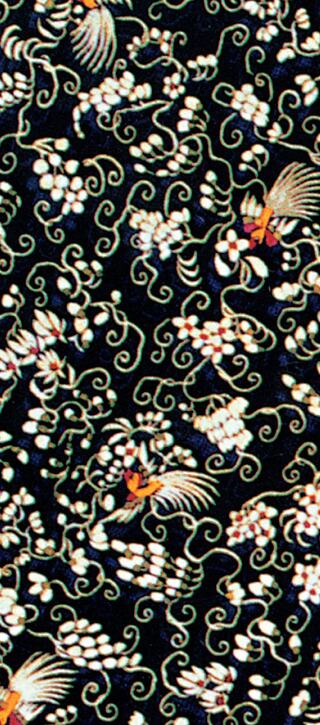
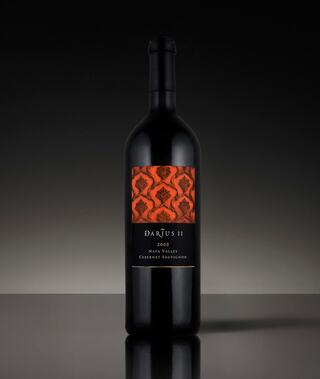
2003
The hand-carved detail within this label art originated from a stone wall carving in the Golestan Palace in Tehran. The art is found amongst floral and pictorial tile revetments in a large reception hall.
Fact Sheet (Link opens in new window)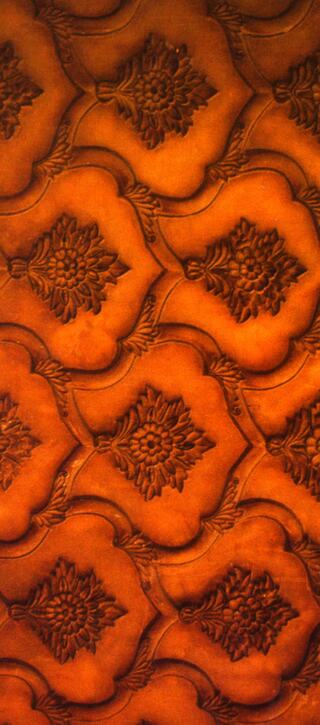
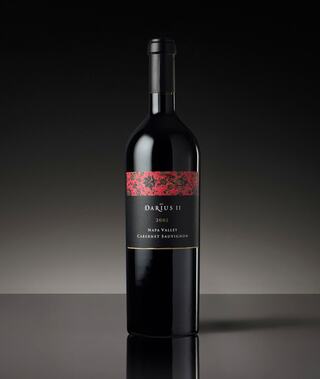
2002
The brocade scarf shown on the 2002 Darius II label was woven in deep red and black silks. Parsi textiles from the 19th century often used motifs of birds, vines and flowers to symbolize a specific season.
Fact Sheet (Link opens in new window)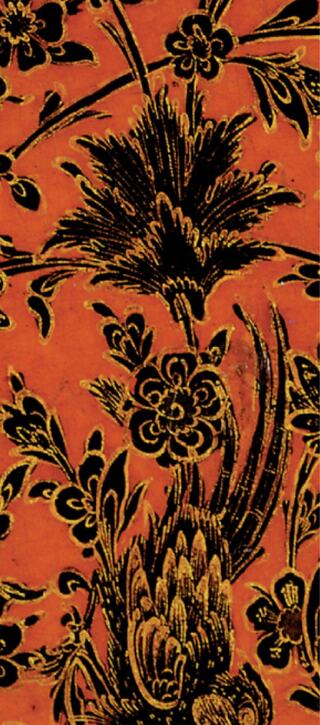
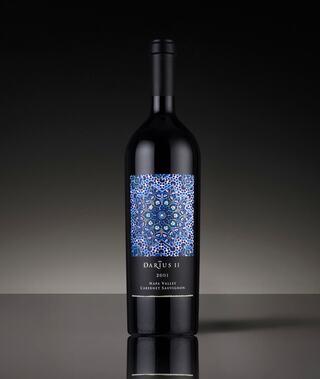
2001
The magnificent blue mosaic tile ceiling seen on this label covers the north portal of the Darb-e Emam Mausoleum in Isfahan. This 15th century masterpiece is one of a pair, with protruding palmettes and stars encircling a central sun medallion.
Fact Sheet (Link opens in new window)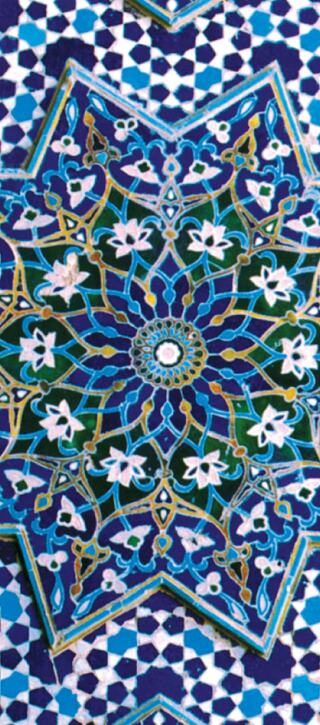
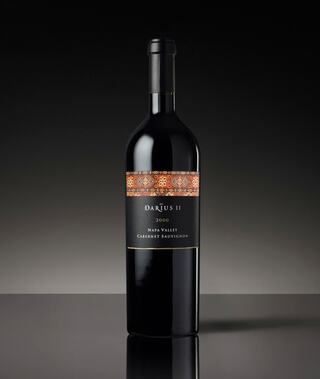
2000
Paying homage to the intricacy found in the art of carpet weaving, our this piece features original and traditional designs. The vibrant natural colors and exquisite detail are said to express the emotion and history of the artist
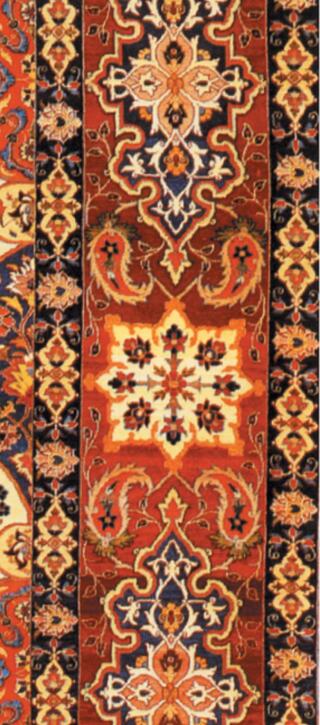
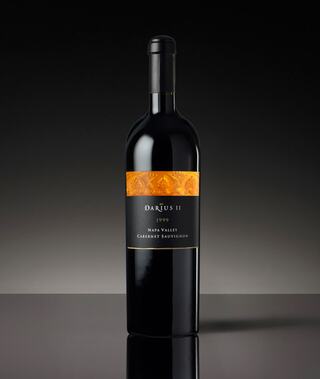
1999
The elaborate detail see here originated from the rim of an Achaemenid wine ryhton, which was used in Apadana Palace, Persepolis in the 6th century BC – a befitting symbol for our first vintage of Cabernet Sauvignon from our estate’s Apadana block. A rhyton is a jug from which wine, such as Shiraz, was intended to be poured in ceremony.
Fact Sheet (Link opens in new window)